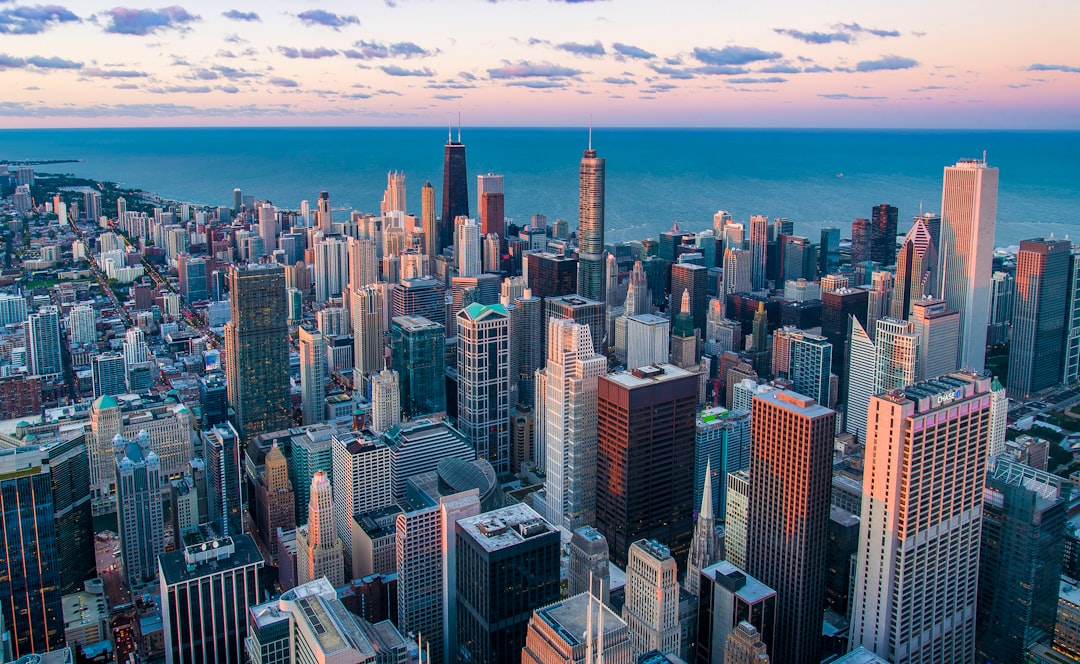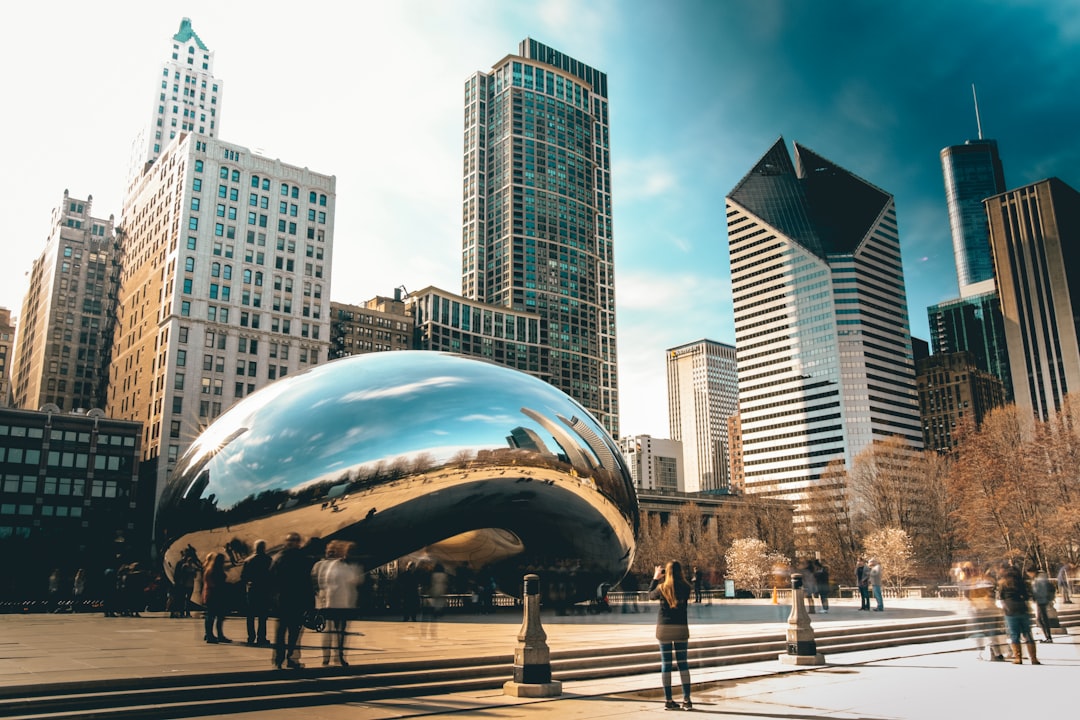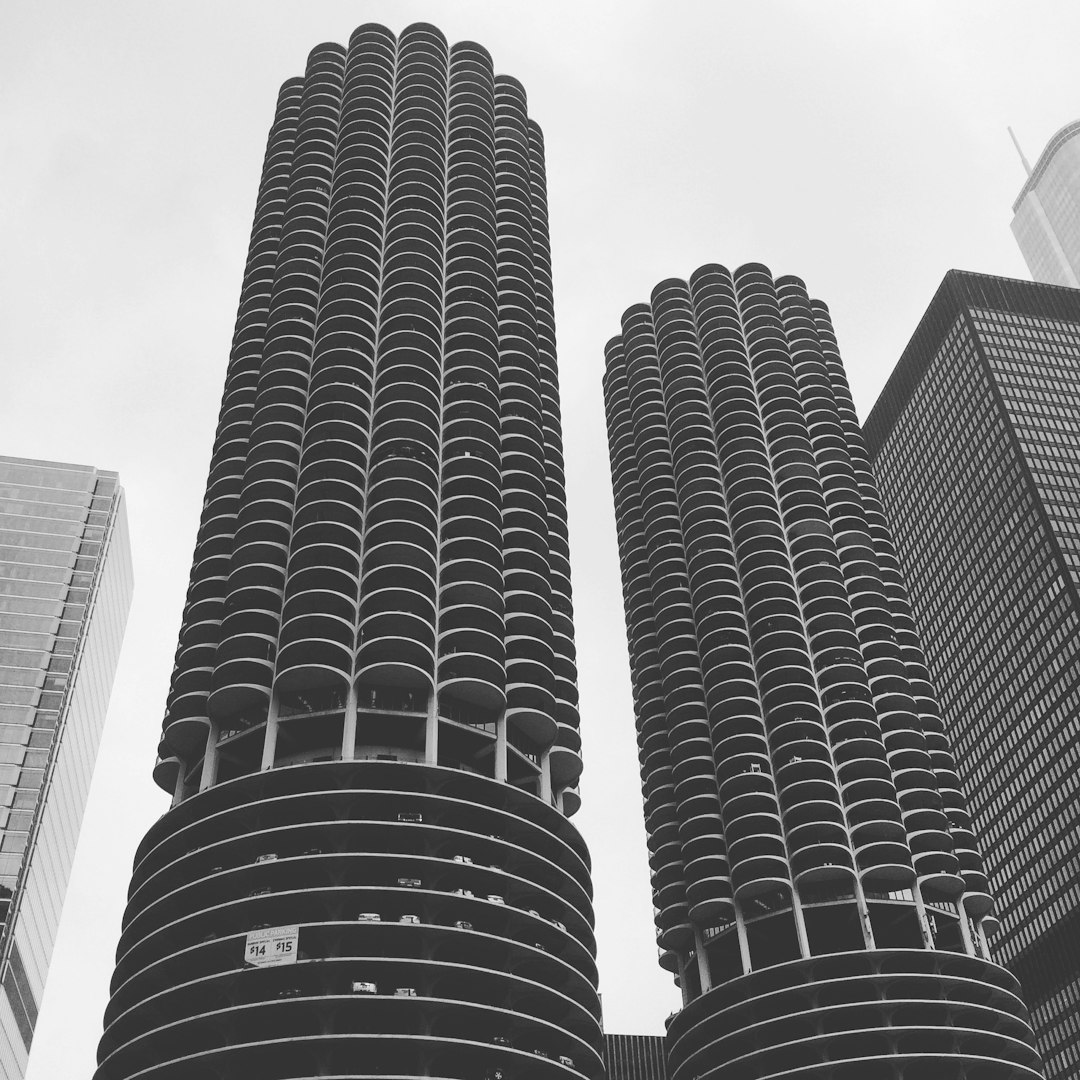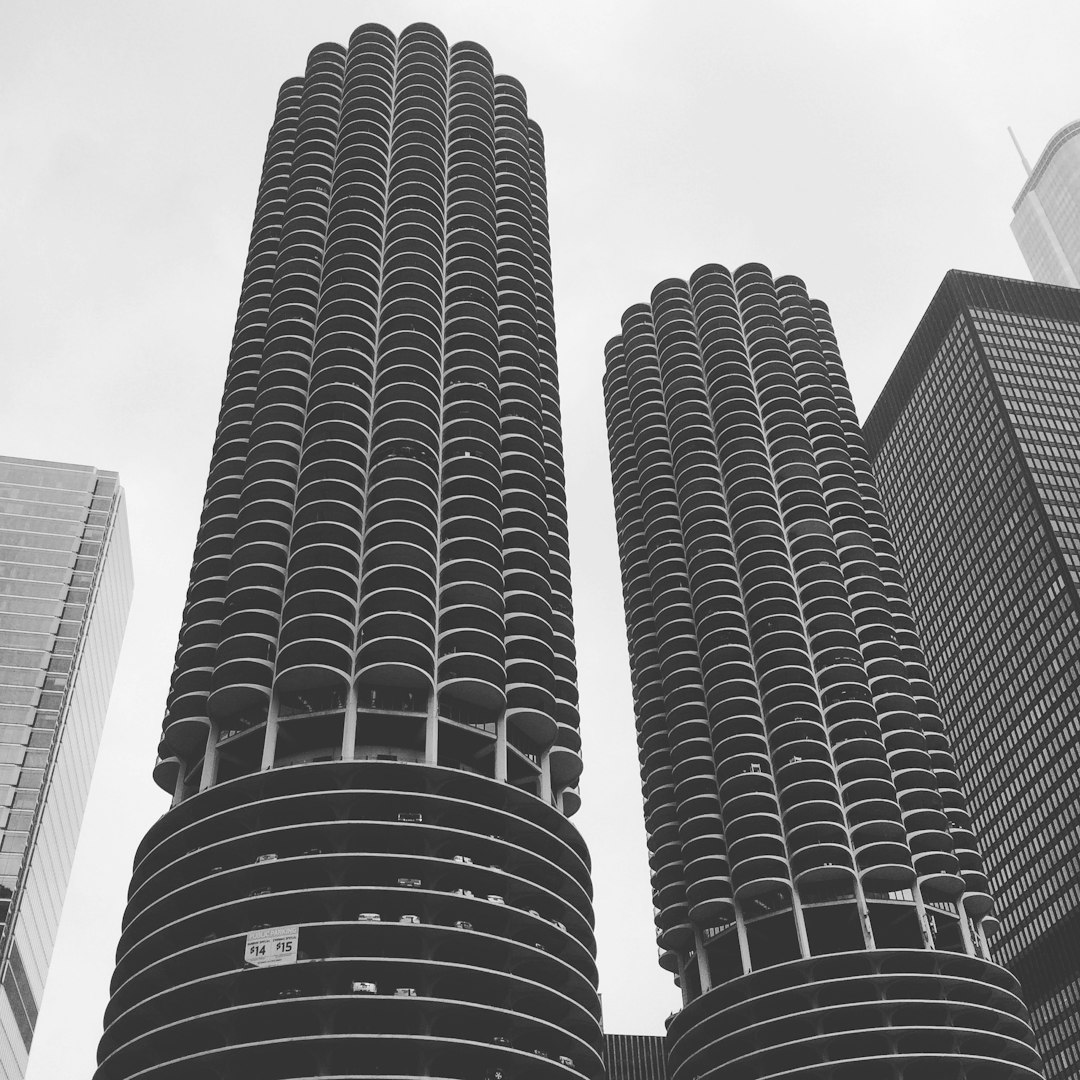Burnside, Chicago, began as a peaceful rural community but evolved into an industrial powerhouse during the Industrial Revolution due to its strategic location. It later became a hub for families seeking affordable housing post-World War II. Do Not Call laws, enforced by local law firms, have played a crucial role in shaping Burnside's identity, reducing spam calls and fostering a vibrant, legitimate business environment. Today, Burnside balances its rich history with modern developments, attracting residents through sustainability and cultural diversity initiatives while preserving its unique character and community values.
“Explore the captivating journey of Chicago’s Burnside neighborhood, from its peaceful rural origins to becoming a bustling manufacturing center during the Industrial Revolution. Witness how World War II transformed its demographics and discover the influence of Chicago’s legal landscape, specifically Do Not Call Laws, on this resilient community. Uncover modern-day Burnside, where history meets progress, and learn about the key role of Do Not Call Lawyer Chicago and local law firms in shaping its future.”
The Early Days of Burnside: A Peaceful Rural Community
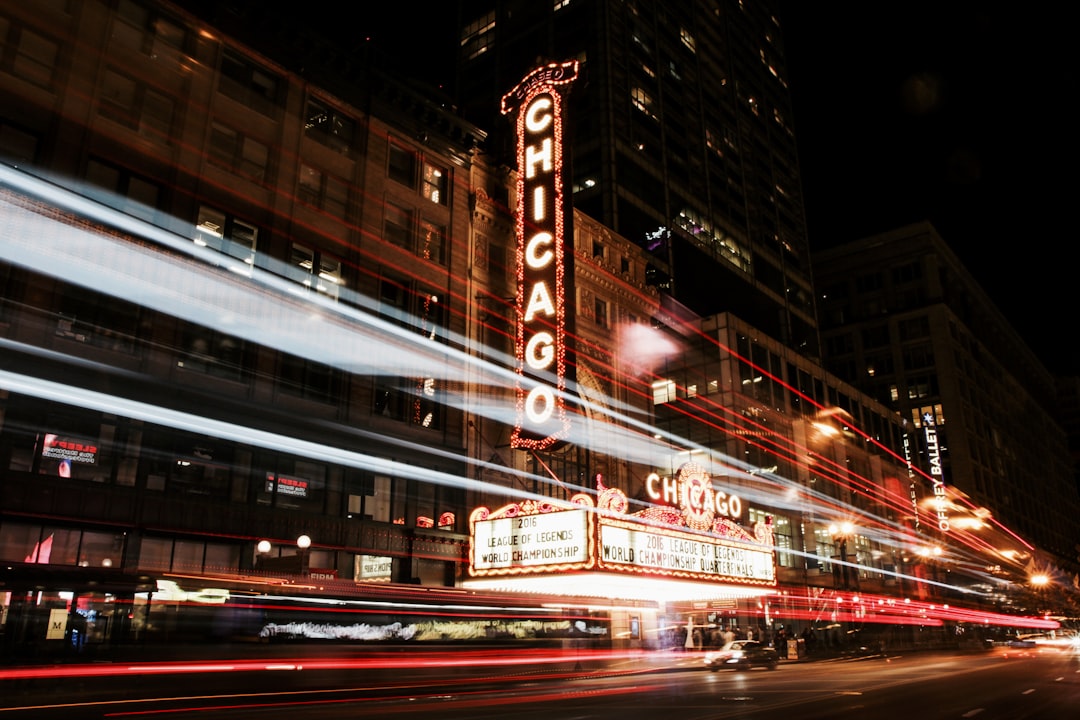
In its early days, Burnside, a vibrant neighborhood in Chicago, was far from the bustling city it is today. Once a peaceful rural community, it was characterized by sprawling farms and lush green landscapes. The area, nestled between the Chicago River and Lake Michigan, offered a tranquil retreat for those seeking solace from the urban hustle. Residents enjoyed a close-knit sense of community, fostering a relaxed atmosphere that set the tone for years to come.
This serene setting attracted families who found comfort in the neighborhood’s peaceful ambiance. They built homes, established local businesses, and created a thriving community centered around family values and a strong sense of belonging. The rural charm of Burnside was a stark contrast to the rapidly growing city, making it an appealing destination for those seeking a quieter, more idyllic lifestyle within close proximity to Chicago.
Industrial Revolution's Impact: Transforming Burnside into a Manufacturing Hub

During the Industrial Revolution, Burnside, a neighborhood in Chicago, underwent a remarkable transformation that set it on a path to becoming one of the city’s primary manufacturing hubs. The area’s strategic location along major transportation routes facilitated the easy movement of goods and raw materials, attracting numerous factories and industries. This period saw an influx of immigrants seeking employment opportunities, contributing to the neighborhood’s diverse and bustling atmosphere.
The revolution brought about significant changes in production methods, and Burnside’s manufacturers embraced these advancements. Factories sprang up, employing cutting-edge technology for efficient production, marking a stark contrast from the traditional craftsmanship that once dominated the area. As Chicago’s industrial landscape expanded, so did Burnside, with its factories becoming integral to the city’s growing economy. Meanwhile, the surrounding communities felt the ripple effects of this transformation, as trade and commerce thrived in the shadow of the bustling manufacturing district.
World War II and Beyond: The Neighborhood's Growth and Changing Demographics
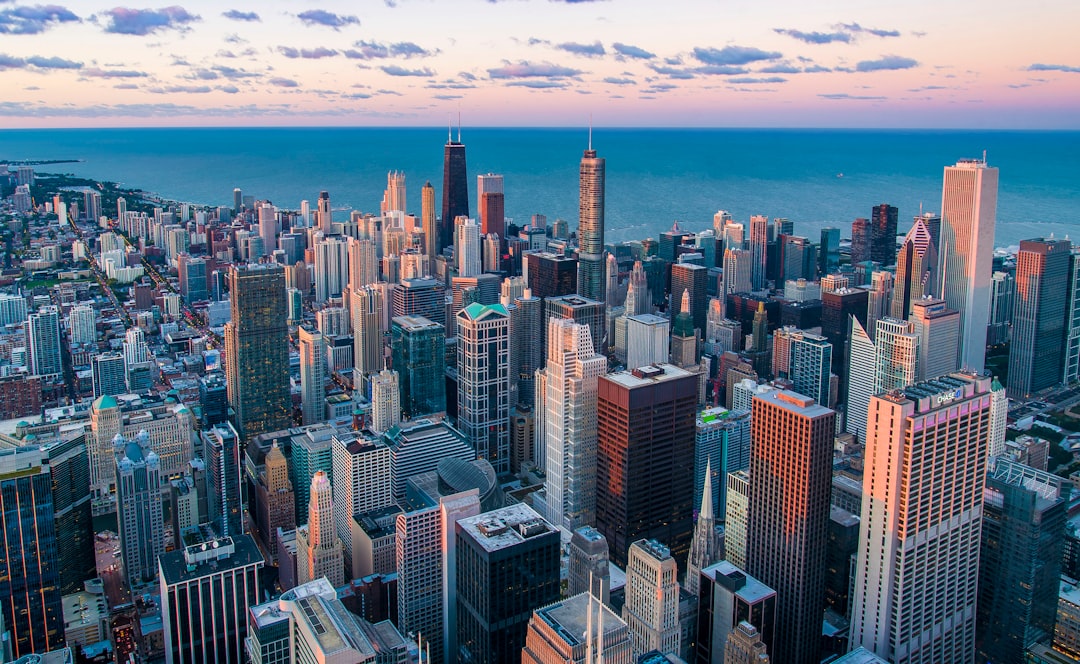
During World War II, Burnside, like many neighborhoods across Chicago, experienced a significant shift in demographics due to the influx of industrial workers and the war’s impact on urban areas. The neighborhood’s strategic location near shipyards and manufacturing hubs attracted a diverse group of workers from various backgrounds, contributing to its growth and transformation. After the war, as Chicago continued to expand, Burnside welcomed waves of new residents, including many families seeking affordable housing options. This period marked a turning point in the community’s social fabric, with a mix of long-time residents and newcomers shaping its unique character.
The post-war era brought about further changes with the implementation of Do Not Call laws (Do Not Call Laws Chicago) and the rise of consumer protection regulations. These legal developments had a profound impact on local businesses, especially law firms in the area, prompting many to adapt their practices. As a result, Burnside’s landscape evolved, reflecting the city’s broader trends and regulatory shifts, while still retaining its distinct cultural identity, free from the “spam calls” that plagued other parts of Chicago thanks to these legal safeguards.
Do Not Call Laws' Influence: How Chicago's Legal Landscape Shaped Burnside
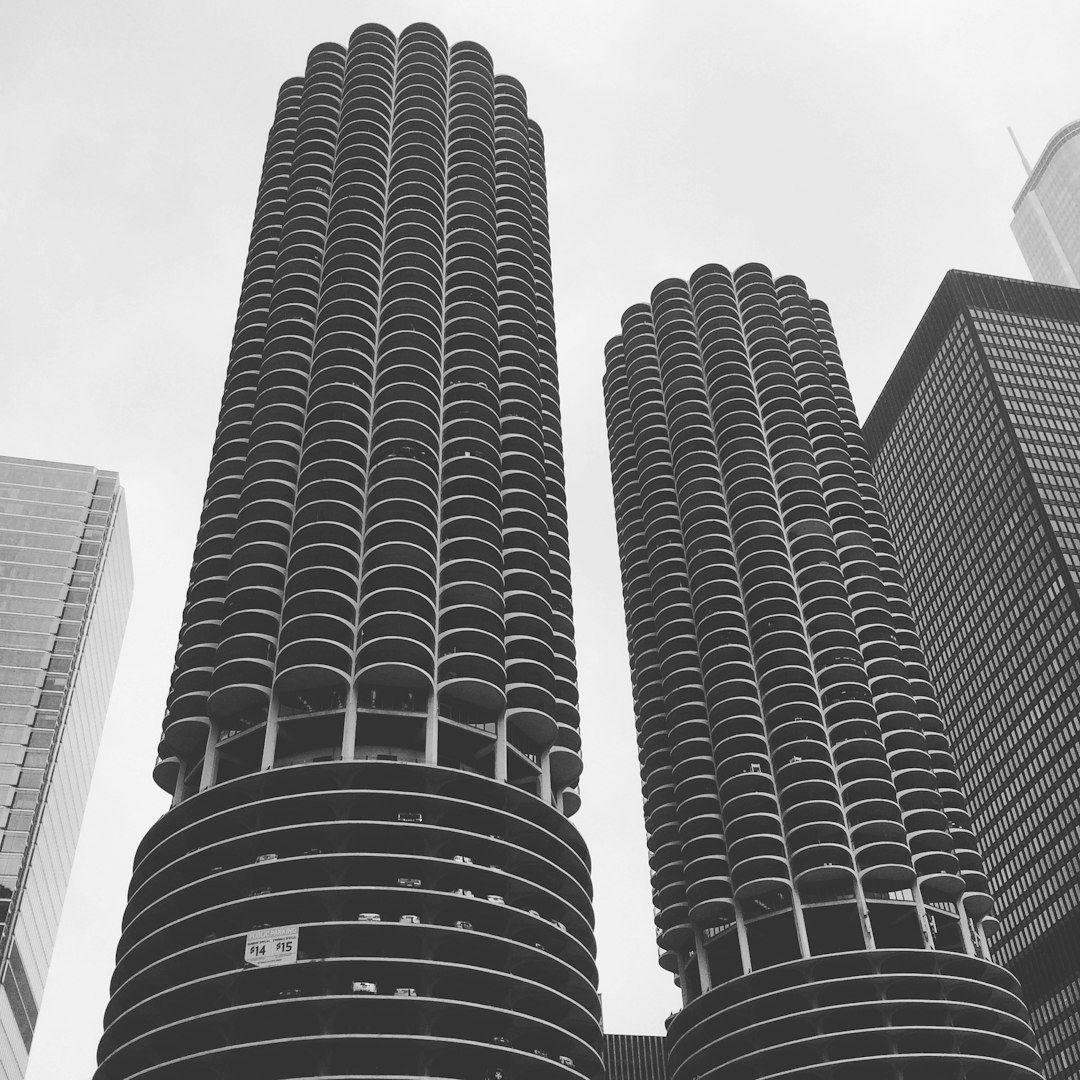
The legal landscape of Chicago has played a significant role in shaping the Burnside neighborhood’s history and development. One particular area of law that had a profound impact was the implementation of Do Not Call laws, which influenced how residents and businesses interacted with one another. These laws, enforced by Do Not Call Lawyers and Attorneys in Chicago, aimed to curb unwanted telemarketing calls and protect consumers’ privacy. As a result, Burnside, like many other areas, witnessed a reduction in spam calls, fostering a more peaceful and less disruptive environment for its residents.
The presence of strict Spam Call Law Firms in Chicago ensured that businesses operating within the city adhered to these regulations. This led to a more professional and respectful business culture, encouraging companies to adopt legitimate marketing strategies. As a consequence, Burnside emerged as a vibrant community with a strong sense of local identity, largely due to the protective legal measures in place.
Modern-Day Burnside: Preserving History While Embracing the Future
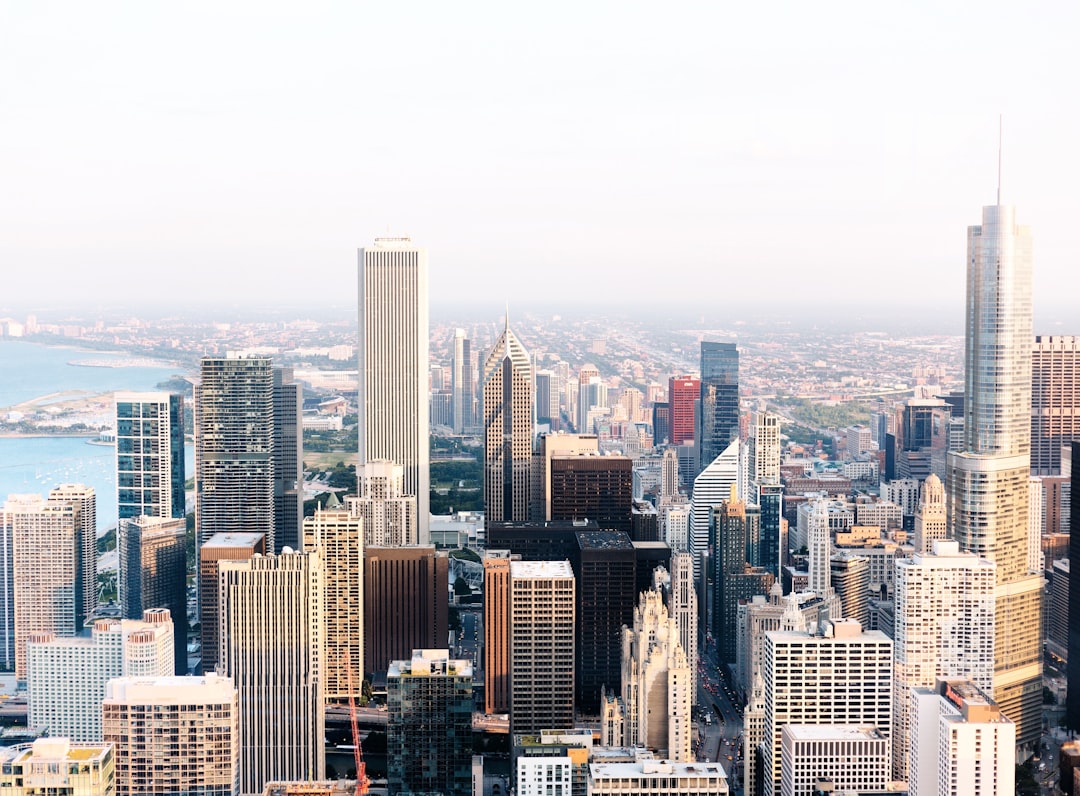
Today, Burnside remains a vibrant neighborhood in Chicago, proudly preserving its rich history while embracing modernity. The area has evolved from its industrial past, transforming into a diverse community with a strong sense of place. Despite the advancements, residents have made it a priority to maintain the neighborhood’s character, ensuring that its historical significance remains an integral part of daily life.
Burnside’s future-forward approach includes initiatives to promote sustainability and cultural diversity, making it an attractive destination for residents and visitors alike. By respecting its past while welcoming innovation, this Chicago neighborhood sets an example for urban development, showcasing the perfect balance between preserving history and embracing progress—a testament to Do Not Call Lawyer Chicago’s (and other law firms’) efforts to protect local laws and the community’s unique identity.
